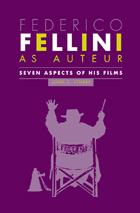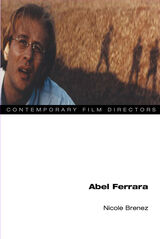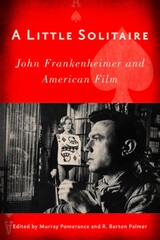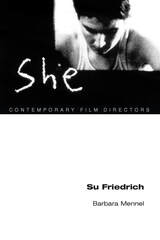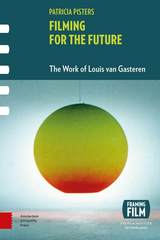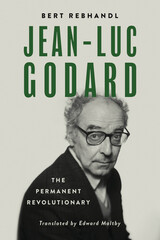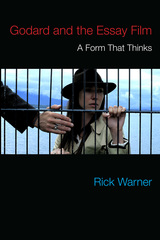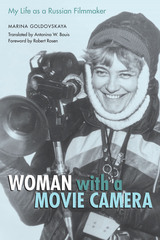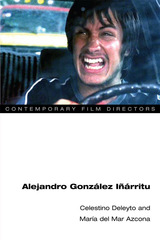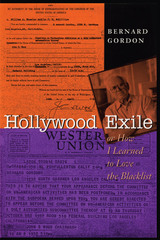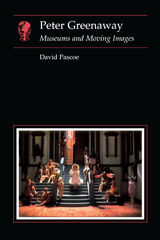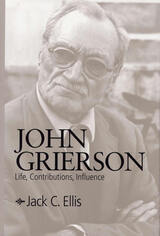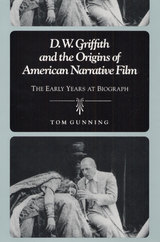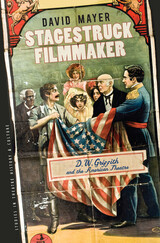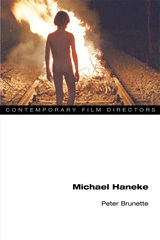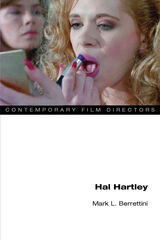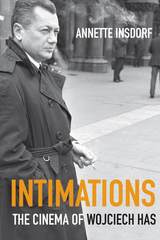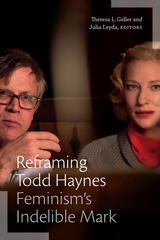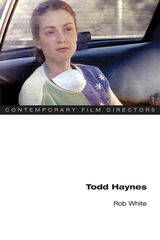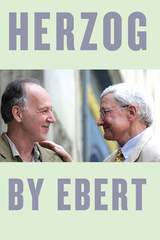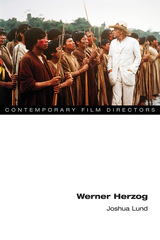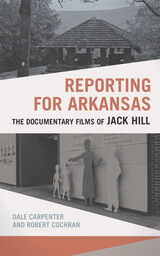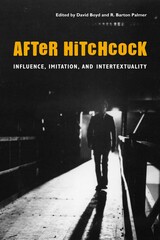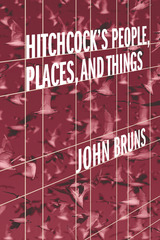Paper: 978-0-252-06366-4 | Cloth: 978-0-252-01754-4
Library of Congress Classification PN1998.3.G76G8 1991
Dewey Decimal Classification 791.430233092
In this comprehensive historical investigation, drawing on films preserved by the Library of Congress and the Museum of Modern Art, Tom Gunning reveals that the remarkable cinematic changes between 1900 and 1915 were a response to the radical reorganization within the film industry and the evolving role of film in American society. The Motion Picture Patents Company, the newly formed Film Trust, had major economic aspirations. The newly emerging industry's quest for a middle-class audience triggered Griffith's early experiments in film editing and imagery. His unique solutions permanently shaped American narrative film.
See other books on: 1875-1948 | Direction & Production | Gunning, Tom | Individual Director | Origins
See other titles from University of Illinois Press

